Long Story Shorts: What is the Biggest Migration on Earth? – Hakai Institute
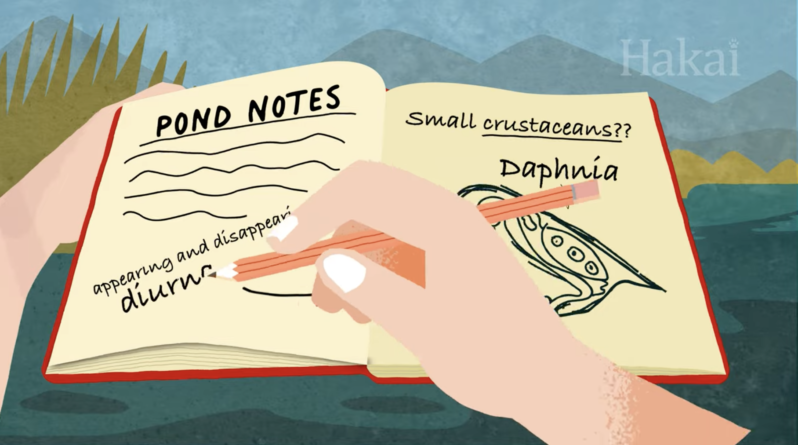
Every day, trillions of animals in the ocean play the biggest game of hide-and-seek … and the losers get eaten. This daily commute is called diel vertical migration, and you’ve probably never heard of it—until now….
If Your House Were Falling Off a Cliff, Would You Leave? – the New York Times
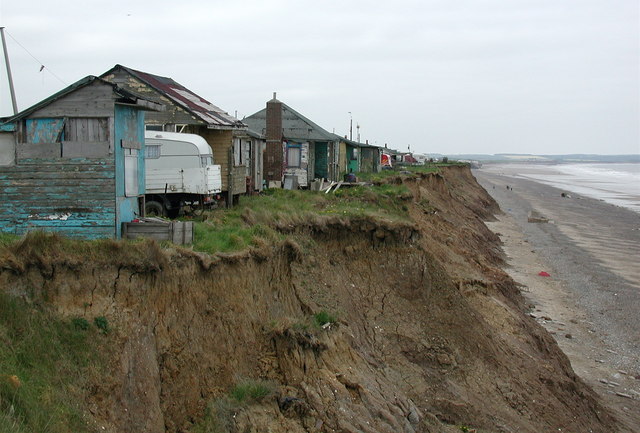
On a stormy day in the spring of 2021, the sea defenses on the beach below Lucy Ansbro’s cliff-top home in Thorpeness, England, washed away. Then, the end of her garden collapsed into the North Sea…“We lost three and a half meters of land,” said Ms. Ansbro, a 54-year-old television producer, sitting in her kitchen on a recent morning. “Every time I went out, I didn’t know if the house would still be here when I came back…”
Bleaching, It’s Not Just for Corals – Hakai Magazine
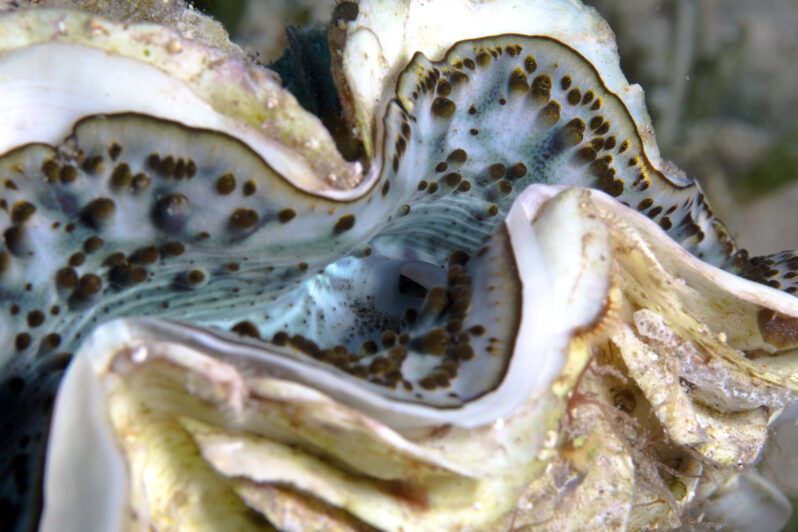
Giant clams suffer similar struggles with warming water, though the consequences don’t seem quite as dire.
Bleaching occurs when a stressed marine creature, most commonly a coral, expels its symbiotic algae and turns a ghostly white, often in response to a warming sea. But bleaching affects more than just corals. Giant clams—massive mollusks that can grow more than 1.2 meters in diameter and weigh as much as 225 kilograms—can bleach, too. And in recent research, scientists have learned more about how bleaching disrupts these sessile giants, affecting everything from their nutrition to their reproduction…
Sand – Planet Snapshots
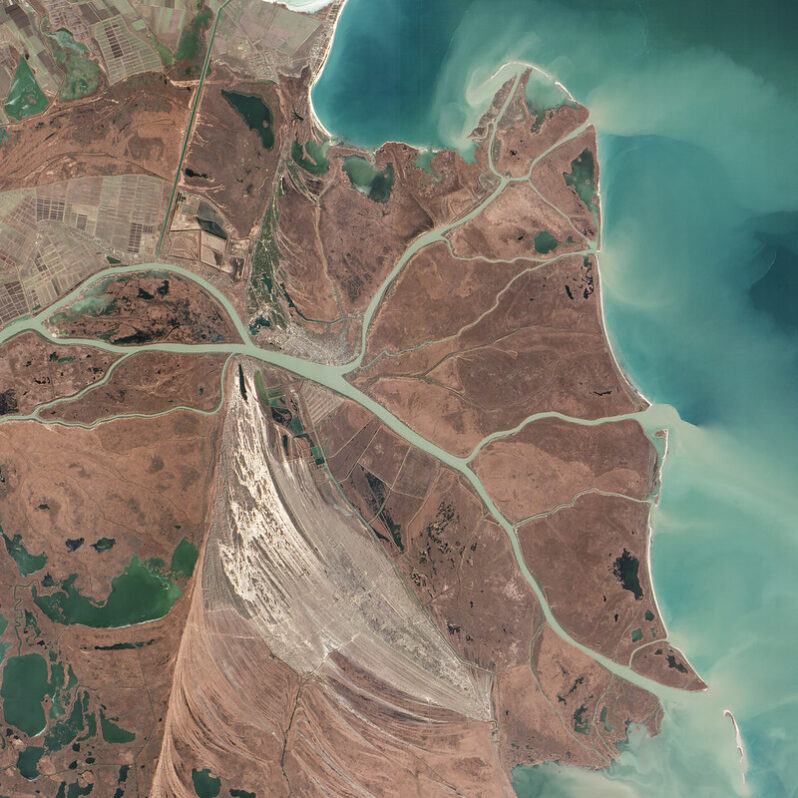
Sand. It’s coarse, rough, irritating, and it gets everywhere — perhaps more than you think. Sand is the second most used natural resource after water and the most extracted solid material, accounting for 85% of global mineral extraction. Like a messy trip to the beach, it has infiltrated our pockets and all our surroundings. It’s the key ingredient in cement, asphalt, glass, and silicon chips. Our cities are glorified sand castles, and our most advanced tech is built from this unimposing substance…
Nearly 90% of Hanauma Bay’s beach could disappear by 2030, says UH study – Hawaii Public Radio
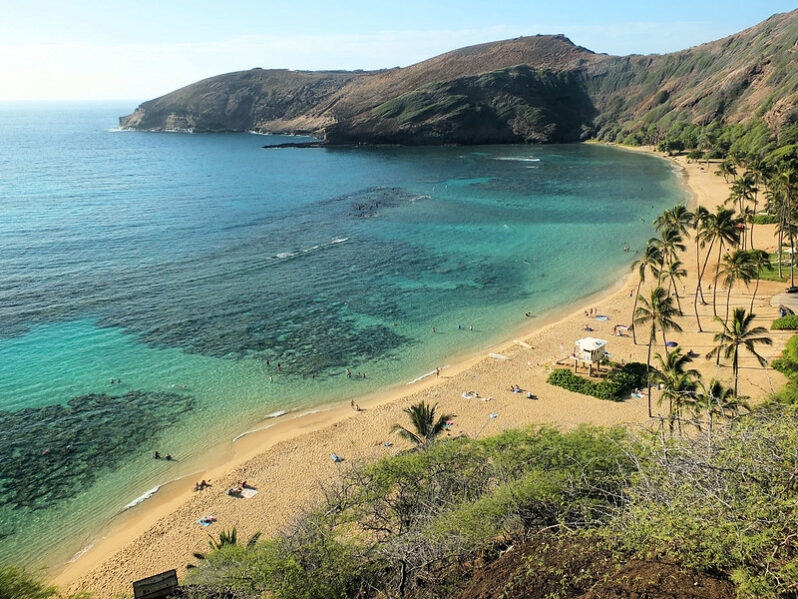
A new study from the Hawaiʻi Institute of Marine Biology at the University of Hawaiʻi at Mānoa is predicting most of Hanauma Bay’s beach will be underwater for a few days in 2030.
Researchers used models to show the impact of sea-level rise at the bay. They combined the lowest predicted rise of six inches with the island’s seasonal King Tides, when waves splash higher on the shore higher than normal.
It forecasts that 88% of the bay’s usable beach, or sandy portions, would be submerged in 2030…
Plastic bottles harm human health at every stage of their life cycle – the Grist
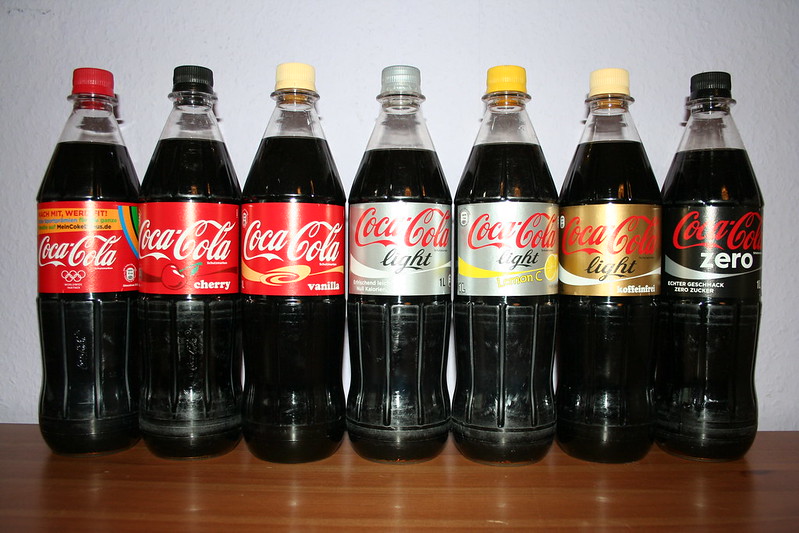
A new report says beverage companies like Coca-Cola must be “held accountable for the supply chain impacts of their plastics.”
In 1973, a DuPont engineer named Nathaniel Wyeth patented the PET plastic bottle — an innovative and durable alternative to glass. Since then, production has skyrocketed to more than half a trillion bottles per year, driven by beverage companies like Coca-Cola, PepsiCo, and Nestlé…
Dolly Parton’s new song is a climate anthem (if you want it to be) – the Grist

In the video for her new song, “World On Fire,” Dolly Parton sits atop a burning world. Blond hair piled and coiffed, her black dress glittering, she looks down into a pit of flames burning the earth. The song rocks a little harder than her usual feathery country oeuvre, and over a driving beat, she lets you know she’s about to get political…
What is the Tragedy of the Commons? – TED Ed
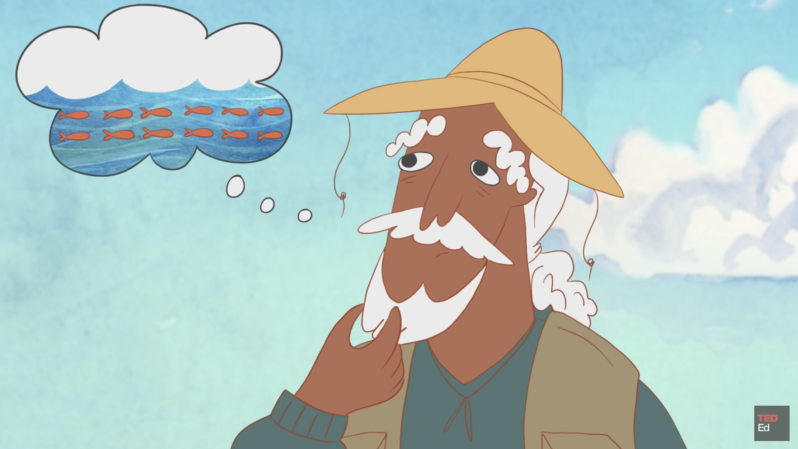
Is it possible that overfishing, super germs, and global warming are all caused by the same thing? In 1968, a man named Garrett Hardin sat down to write an essay about overpopulation. Within it, he discovered a pattern of human behavior that explains some of history’s biggest problems. Nicholas Amendolare describes the tragedy of the commons…
As Greenland’s Ice Melts, Glacial Sand Deposits May Offer a Welcome Economic Opportunity – Columbia Climate School
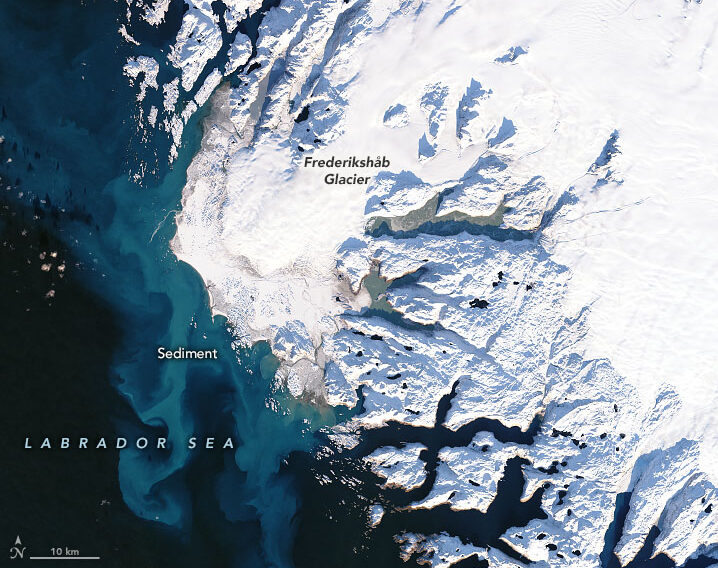
Greenland’s ice sheet is losing 280 billion tons of mass per year, and some models suggest that its glaciers may be melting up to 100 times faster than expected. But flowing off those glaciers comes a potential economic boom: sand. Each season, millions of tons of sediment flow from melting glaciers into the ocean, adding landmass to the largest island in the world. According to a research paper published in Nature last fall, three out of four Greenlanders support extracting and exporting sand — so long as they’re the ones in charge of managing the resource…
